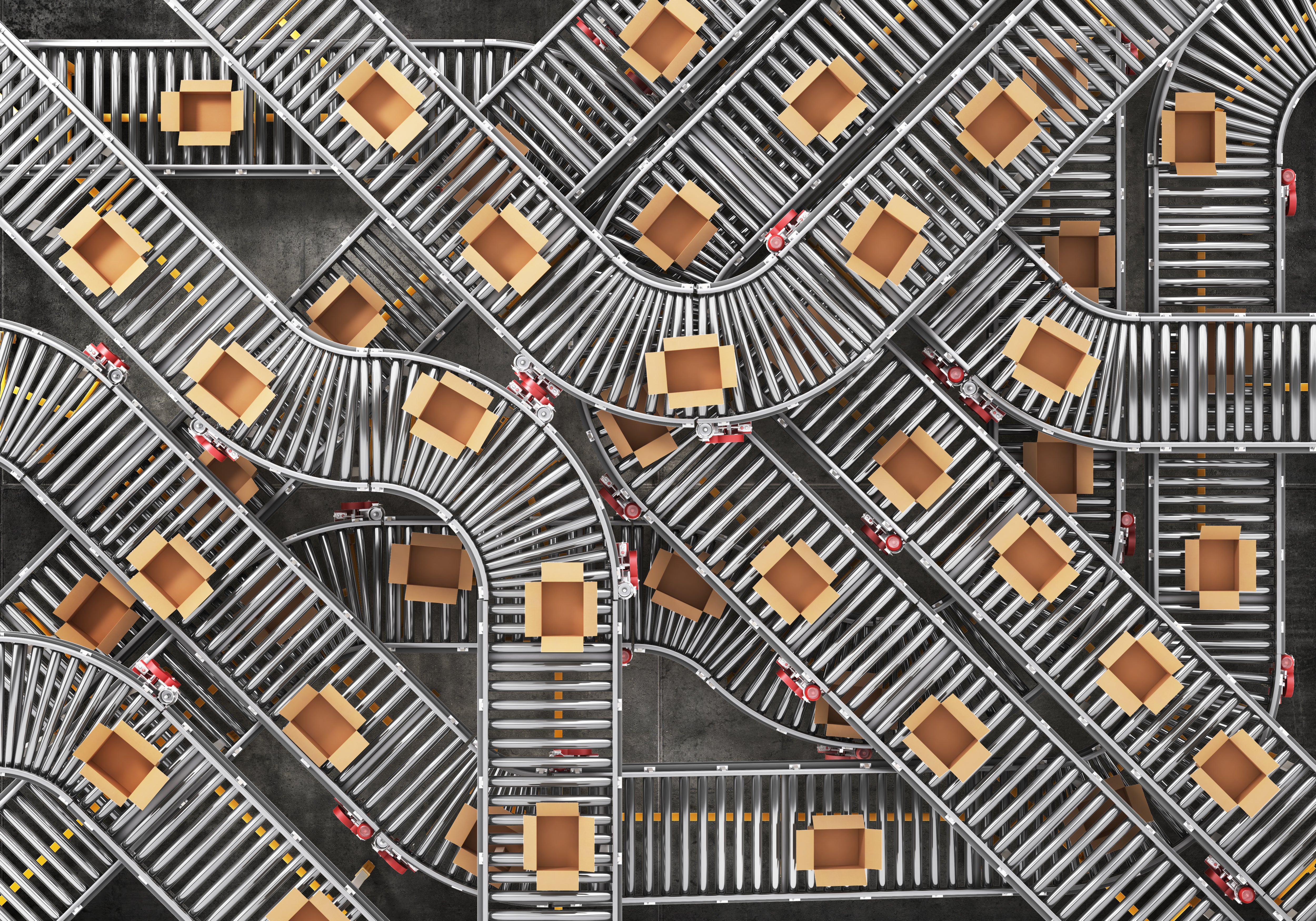In today’s logistics sector, the race for space is real
THE ARTICLES ON THESE PAGES ARE PRODUCED BY BUSINESS REPORTER, WHICH TAKES SOLE RESPONSIBILITY FOR THE CONTENTS

JLL is a Business Reporter client
Demand for industrial and logistics space remains intense as rental growth continues.
Despite the uncertainties and economic headwinds, take-up for logistics assets remains robust. But construction has slowed, as developers contend with higher raw material prices and their own supply chain issues. And the reduced space available combined with high demand continues to pile pressure on industrial and logistics occupiers across several industries.
It remains a testing environment for those seeking to expand or relocate, says Ashley Smart, JLL’s Head of Occupier Services. “Multiple factors have combined to create this situation,” he says, pointing to current reshoring pressures, the rise in recent years of e-commerce, as well as longer-term trends such as the deindustrialisation of city centres and the increasing prioritisation of ESG. “The supply and choice of top-grade buildings has simply not been keeping up with demand.”
The ongoing evolution of sectors such as fast-moving consumer goods (FMCG), manufacturing and retail are bringing logistics ever more firmly to the centre of business operations. Add the volatility created by the Covid-19 pandemic and tighter greenbelt planning rules in countries such as France, and Smart sees occupiers under unprecedented pressure across EMEA.
“Some places are particularly affected – it’s very challenging finding space to develop in the UK and Germany,” Smart says. “But it’s also the case in countries such as France, Poland and the Czech Republic – where stock has historically typically been more available.”
It’s no longer the case that if you need a warehouse, you can procure one quickly, Smart adds. “Much of the warehousing being considered is 12, 18, even 24 months away, while developers currently have multiple occupiers considering their schemes at any one time.”
Lack of availability is a real challenge, Smart adds, especially when there’s an urgent requirement. “The question of how you fulfil demand for space is an issue for the entire sector.”
Seeking supply chain resilience
Adding to pressures on supply, Smart notes how Covid-19 prompted many operators to make significant strategic shifts, with nearshoring a growing trend – even more so as geopolitics disrupts supply chains.
“There’s a reluctance to solely serve major markets from one central location and being over-reliant on getting goods through borders,” says Smart. “That’s why we’ve seen take-up from companies who just want stock in a particular market.
“In times of uncertainty, they can ensure resilience, a presence within that country, and can continue to fulfil demand from within borders.”
This economic volatility and a desire to avoid making what they may perceive as rash decisions has made occupiers uncertain, and hesitant to proceed without further analysis of existing networks and their infrastructure, and how best to serve key markets. However, all industries, from food and beverage to online retail and manufacturing, are edging closer to finalising decisions for the longer term.
“While many companies have paused in recent weeks, a wave of pending leasing requirements could hit the market over the next couple of years,” Smart says.
Leasing preference
Driven by a combination of risk-aversion and new investment priorities such as tech, there’s an emerging preference among occupiers for leasing rather than owning real estate.
“There’s much more acceptance that lease deals are the way to go,” Smart says. “There’s less desire to acquire infrastructure because it’s seen as riskier if the network must evolve and change. Finding the capital to acquire an asset that’s probably risen by 80 to 90 per cent in value in recent years isn’t as straightforward.”
There’s also concern about the capital required for new automation and converting fleets to electric vehicles. Smart sees this increase in automation as a significant influence in the sector. “There’s been a monumental increase in the amount of automation requested as part of tenders,” he says. “Pre-pandemic, on large tenders, investments in automation were in the order of £50-70 million. More recently, investment is in the hundreds of millions.”
As more companies adapt their operational models because of a lack of available real estate, areas of the map are becoming available that weren’t in the past. “The drive to cut carbon and the rise of both hydrogen and electric vehicles are a key part of this,” says Smart, pointing to an increase in transport by rail.
“Can rail be better utilised as a more sustainable way of moving freight into a city centre? Unquestionably yes.
“Many major players are looking at the development of multimodal logistics parks where you can unload freight from rail containers. We’ve had quite a few conversations with different operators about how that could look, feel and work.”
These longer-term predictions for the sector suggest a return to logistics models familiar from the start of the millennium – albeit facilitated by different technologies.
“As the technology around lower-carbon vehicles improves to the point where companies can have a fully hybrid fleet, we’ll probably go back to the networks of 20 or so years ago,” Smart says. “That means a few larger distribution centres and many satellite locations. The technology on trial today will become more commonplace in the future.”
As the market develops, and whatever the challenges occupiers continue to face, Smart says the focus on supply chains, and how clean, robust and resilient they need to be, has never been higher.
To find out more, please visit www.jll.co.uk/logistics.
Originally published on Business Reporter

Bookmark popover
Removed from bookmarks